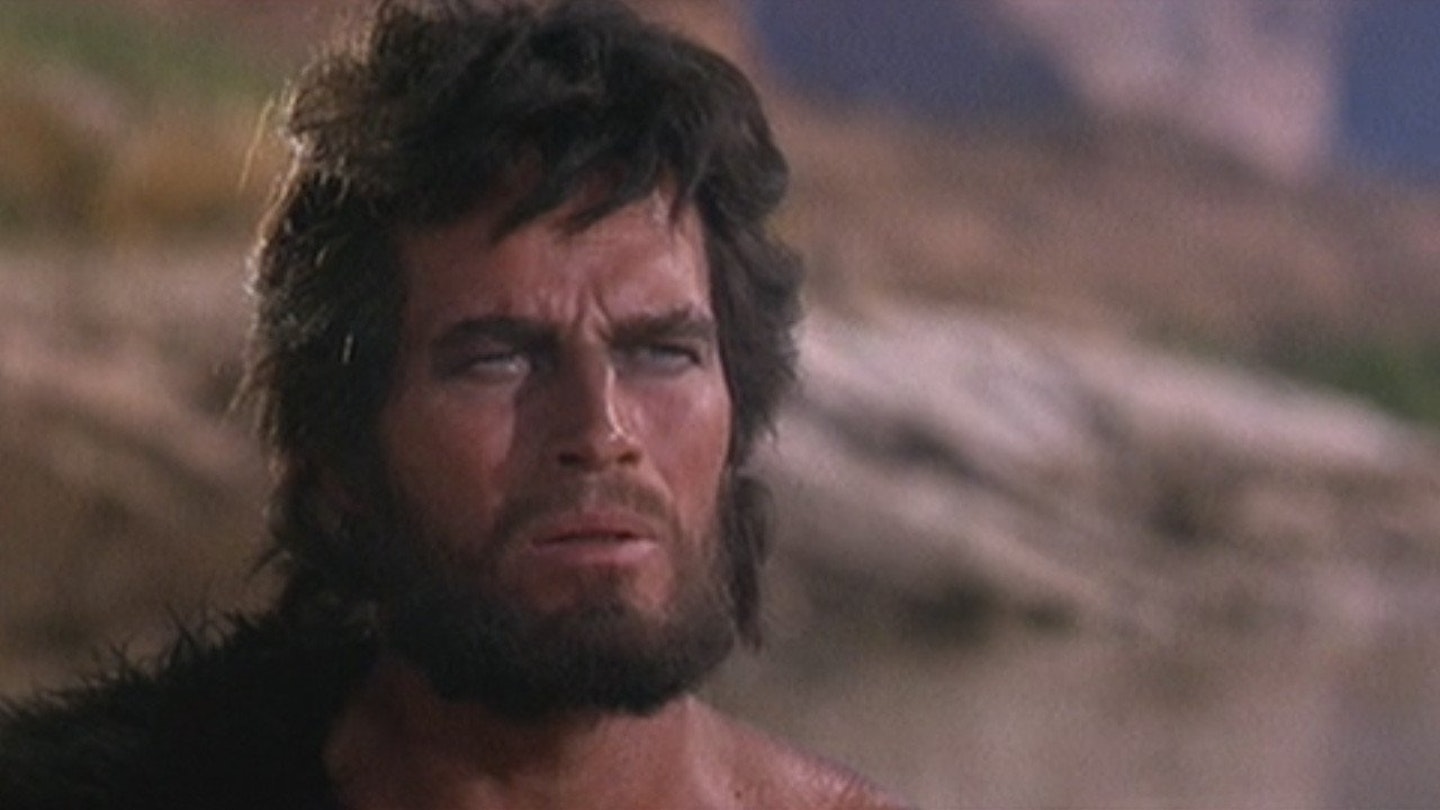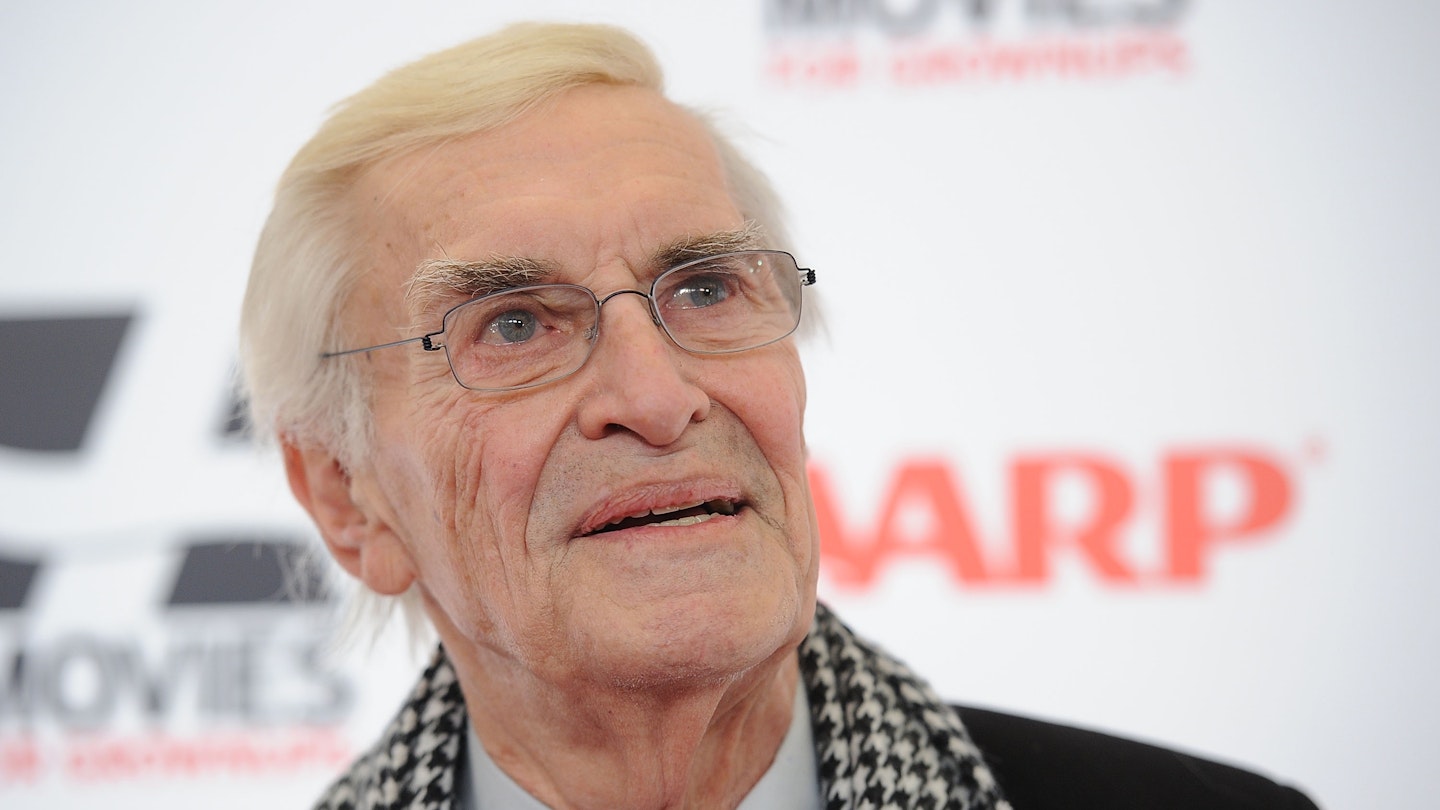Fulton Oursler's 1949 novel had already been adapted for the radio by Henry Denker by the time Fox paid $100,000 for the rights in the hope that screenwriter Philip Dunne would repeat his success with David and Bathsheba (1951), The Robe (1953), Demetrius and the Gladiator and The Egyptian (both 1954). However, Dunne had had enough of antiquarian epics and the project passed to United Artists, who paid George Stevens $1 million to produce, direct and co-script (with James Lee Barrett) a New Testament spectacular to surpass MGM's King of Kings.
Shooting in Ultra-Panavision 70 and Technicolor on location in Utah and Arizona, Stevens made sure all of his $20 million budget appeared on the screen. But, while the Oscar-nominated efforts of cinematographers William C. Mellor and Loyal Griggs, art director Robert Day, costumer Vittorio Nino Novarese and SFX supervisor Joseph McMillan Johnson added to the scope and scale of the piece, the film was as pompous and portentous as Alfred Newman's glutinous score.
Such was his perfectionism that Stevens squeezed the life out of his story and even after it had been cut down from 260 minutes to 238, 197 and, finally, 190 minutes, time still hung heavy as Stevens found something for his endless roster of guest stars to do. It made box-office sense to cast Charlton Heston as John the Baptist, Sidney Poitier as Simon of Cyrene and Carroll Baker as Veronica. But Angela Lansbury, Shelley Winters and Van Heflin found themselves playing completely fictitious characters who only prolonged the agony (which was ultimately compounded by John Wayne's immortally awful delivery of the line `Truly this man was the Son of God', as the centurion at the foot of the Cross).
Max von Sydow brought some Bergmanesque intensity and mysticism to the role of Christ and Claude Rains (Herod), Telly Savalas and José Ferrer made hissable adversaries. But nothing could prevent the picture's commercial calamity - although it eventually found an audience in church halls and schools.

